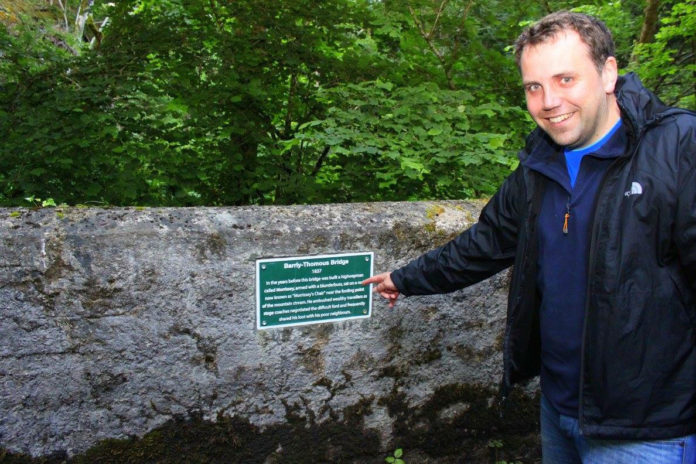
PLANS are afoot to restore the magnificent oak woods of Cratloe to their former glory.
Local councillor Cathal Crowe, who is the current Mayor of Clare, has been having talks with senior officials of Coillte with the view to having the native species of Sessile Oak, replanted in large sections of the woods.
“For many decades, Coillte have operated a commercial forest, covering more than 700 hectares at Cratloe. The main crop planted there are fast-growing softwood conifers and in the last three years large quantities of these have been felled,” he said.
“Coillte are currently working towards replanting the sections of the forest that have been felled and I have asked them to give serious consideration to reintroducing the native oak trees that once thrived in Cratloe.”
The woods are historic in themselves as Cratloe oak beams were used in the construction of many landmark buildings including the Houses of Parliament in Westminister and the Royal Palace in Amsterdam.
It has also been said that the oak timbers were used to construct the hull of Lord Nelson’s flagship, HMS Victory, at the Battle of Trafalgar. Closer to home, beams from Cratloe Woods were used in the construction of St. Mary’s Cathedral in Limerick City.
“In the case of the Houses of Parliament in London, it can be said that seismic moments in world history have unfolded beneath its ‘Cratloe’ roof. In the House of Commons chamber, two world wars have been declared and the partition of the Ireland was approved.
“In the adjoining Westminster Hall deceased members of the royal family have lain in state and Scotland’s William Wallace was famously tried for treason, all beneath a roof constructed with Cratloe Oak,” Mayor Crowe said.
“It’s an absolute shame that for centuries the beautiful oaks of Cratloe have been obliterated without any replanting whatsoever. Only a small copse of native trees now survive but within this copse could lie a very sustainable solution to rejuvenating oak trees in the wider area.
“Coillte officials have intimated that acorns from this copse could be collected and brought to one of their seeding nurseries. Cultivated saplings from these acorns would contain the DNA of their ancient parent trees and as a result would have a resilience to various diseases that are common in trees.
“This method of rejuvenation would also ensure that the new oaks in Cratloe would be very authentic progeny of their famous ancestors,”









